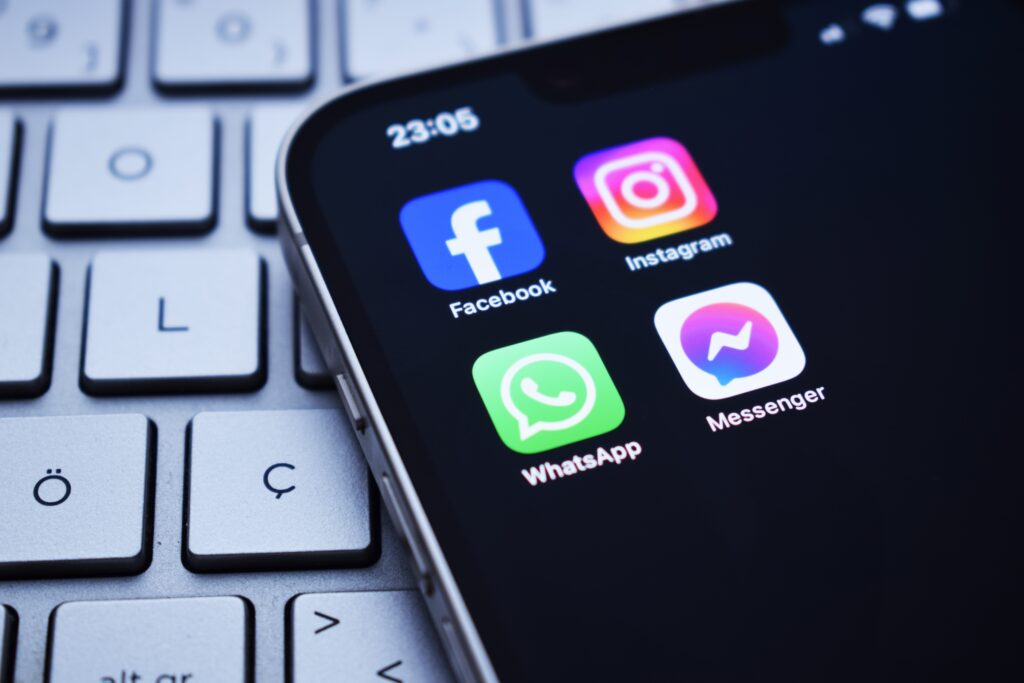Meta is making a bold move beyond social media by investing in global internet infrastructure. The company has announced Project Waterworth, a new undersea cable spanning 50,000 kilometers (31,000 miles). This massive system will link the United States, India, South Africa, Brazil, and several other regions. Once completed, it will become the longest undersea cable ever built.
Meta, the parent company of Facebook, Instagram, and WhatsApp, is heavily investing in artificial intelligence (AI) and digital infrastructure. The firm states that Project Waterworth will provide “industry-leading connectivity” across five continents. It aims to improve AI research, enhance economic partnerships, and promote digital inclusion.
The undersea cable will feature a 24 fibre-pair system, significantly increasing its data capacity. These cables are essential for global internet traffic, transferring data between countries at high speeds. Experts estimate that over 95% of all internet data travels through undersea cables.
TeleGeography, a leading telecommunications research firm, reports that there are over 600 publicly known sub-sea cables worldwide. Meta has already invested in the 2Africa cable, which spans 45,000 kilometers and connects three continents. That project involves major telecom companies, including Orange, Vodafone, and China Mobile.
The Shift in Digital Infrastructure Investments
Technology firms are increasingly taking over investments in undersea cables, a sector previously dominated by traditional telecom companies. Google recently announced a project to build the first cable linking Africa and Australia. The company also committed $1 billion to boost connectivity in Japan through two new Pacific Ocean cables.
Professor Vili Lehdonvirta from the Oxford Internet Institute pointed out this shift. Historically, national telecom firms managed undersea cable projects due to the high costs involved. However, tech giants like Meta and Google are now financing these projects on their own, demonstrating their growing influence in digital infrastructure. This change could affect future competition policies and the control of internet infrastructure.
Telecom analyst Paolo Pescatore believes that Meta’s undersea cable strategy is part of a broader plan. He explained that by controlling more of the connectivity ecosystem, Meta enhances its position in the market. This strategy allows the company to manage hardware, software, and platforms in a way that improves user experience and strengthens its influence.
Security Risks and Geopolitical Implications
The increasing dependence on undersea cables has raised security concerns. Recent incidents involving damaged cables highlight the vulnerabilities of these critical infrastructures. Some experts warn that undersea cables could become key targets in geopolitical conflicts.
In January, NATO began monitoring ship movements in the Baltic Sea after vital undersea cables were damaged. The UK government has also launched an investigation into the country’s ability to protect its undersea infrastructure. Many officials worry that Russia and China could target these cables in times of tension or conflict.
Meta has acknowledged these concerns in its Project Waterworth announcement. The company plans to install cables at depths of up to 7,000 meters. In high-risk areas, such as shallow coastal waters, it will use advanced burial techniques to safeguard against damage from ship anchors and other potential threats.
Professor Lehdonvirta noted that the planned route for Project Waterworth appears to avoid major geopolitical hotspots. The cable will not pass through Europe, China, or sensitive areas like the Suez Canal and the South China Sea. Instead, it focuses on strengthening connections between the US and key markets in the Southern Hemisphere. This move could be seen as reinforcing US influence in global digital infrastructure.
As the digital economy continues to expand, the importance of undersea cables will only grow. Meta’s investment in Project Waterworth signals its commitment to leading the next phase of global connectivity. While the project promises to bring enhanced internet access to millions, it also raises questions about market dominance and geopolitical stability.
For more business updates on global tech investments, visit New York Mirror.


